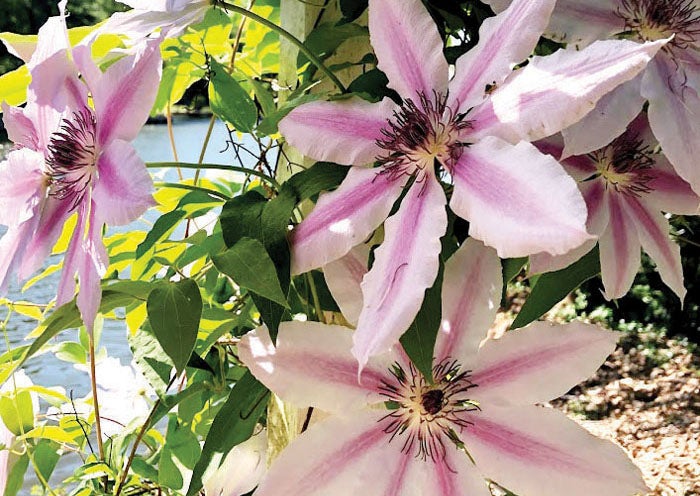Darrell Blackwelder column: Clematis are picky about growing conditions
Published 12:00 am Sunday, May 2, 2021

- Clematis
It’s spring and bountiful flowers and shrubs are in full bloom, including vines. Clematis, a vine featuring bright and colorful flowers can be a challenge for home gardeners. There are many different types of clematis vines including evergreen, dwarf and fall bloomers.
Clematis vines are rather exacting to their growth requirements, including soil pH, light, soil moisture and trellises. Most prefer the soil pH to be near 7.0. Unfortunately, Rowan County soil types tend to have a low pH. Testing the soil would be of great benefit for home gardeners interested in growing this vine. Clematis cultivars require periods of full sunlight for maximum bloom production; however, some cultivars can tolerate shady or half-day sun. They also prefer cool roots so apply no more than three inches of mulch to keep their roots moist and cool. Soil should be well drained, with amendments to insure a rich and loamy growing medium. Proper trellising is necessary to provide continual growth and bloom. They need assistance as they start to climb.
The vine does not have sticky stem pads like English ivy that cling to almost anything. Clematis vines must use their stems and petioles and coil to climb for sunlight. Dwarf clematis cultivars can be planted as a focal point in potted plantings. These beautiful vining plants are rather slow growing in the beginning and often take a couple of seasons for showy blooms to appear, so be patient. You will enjoy the rewards of your patience. Go to https://plants.ces.ncsu.edu/plants/clematis/ for more detailed information on clematis vines.
Darrell Blackwelder is the retired horticulture agent and director with the North Carolina Cooperative Extension Service in Rowan County. Contact him at deblackw@ncsu.edu .



